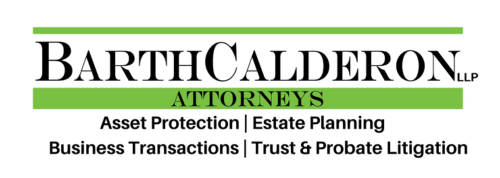Navigating the complexities of debt after a loved one's death is challenging but crucial. Understanding the different ways debts are handled can ease the financial burden on family members during such difficult times and ensure a smoother process during estate planning.
Secured vs. Unsecured Debt
There are two main types of debts: secured and unsecured. Secured debts, like mortgages, are tied to assets that can be repossessed or sold to settle what is owed. On the other hand, unsecured debts, such as credit card debts, depend on the available estate assets for repayment, typically without asset backing.
Cosigners and Joint Account Holders
If a loan or credit account has a cosigner, that individual is generally responsible for the debt after the primary account holder's death. Similarly, creditors might seek repayment from surviving joint account holders for any outstanding balances.
Community Property States
In community property states, spouses may be liable for each other’s debts, even if only one partner incurred the debt. This can impact the way debts are handled and shared upon death, affecting estate settlement.
Debt in Probate
During probate, creditors have the opportunity to file claims against the estate for any outstanding debts. It is critical for debts to be settled in probate before the distribution of assets to heirs, ensuring all liabilities are addressed.
Understanding these obligations is a vital part of preparing to protect loved ones from unexpected financial burdens. For those with concerns about specific debt scenarios or wanting to ensure family readiness, consulting professionals for personalized guidance is advisable.
Consider starting your estate planning today to manage debts effectively. Reach out to financial or legal professionals for advice tailored to your specific situation. Preparedness offers peace of mind and security for your family.

